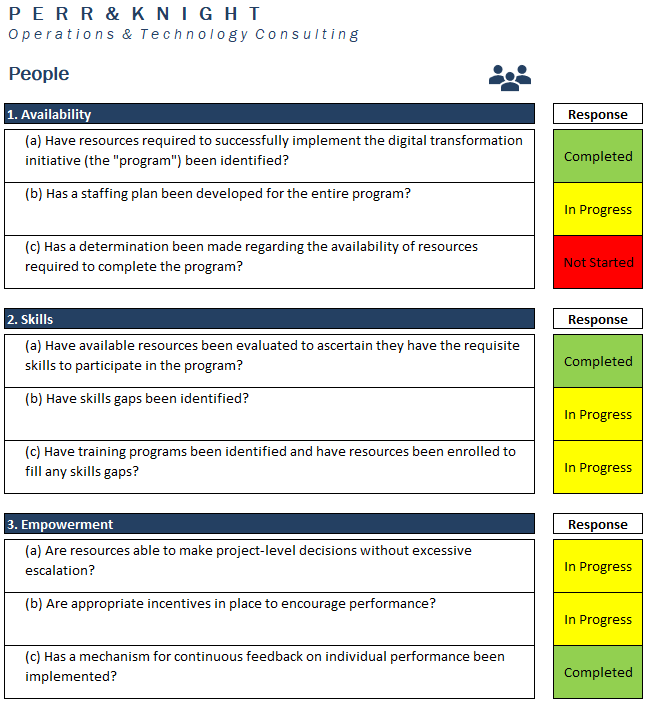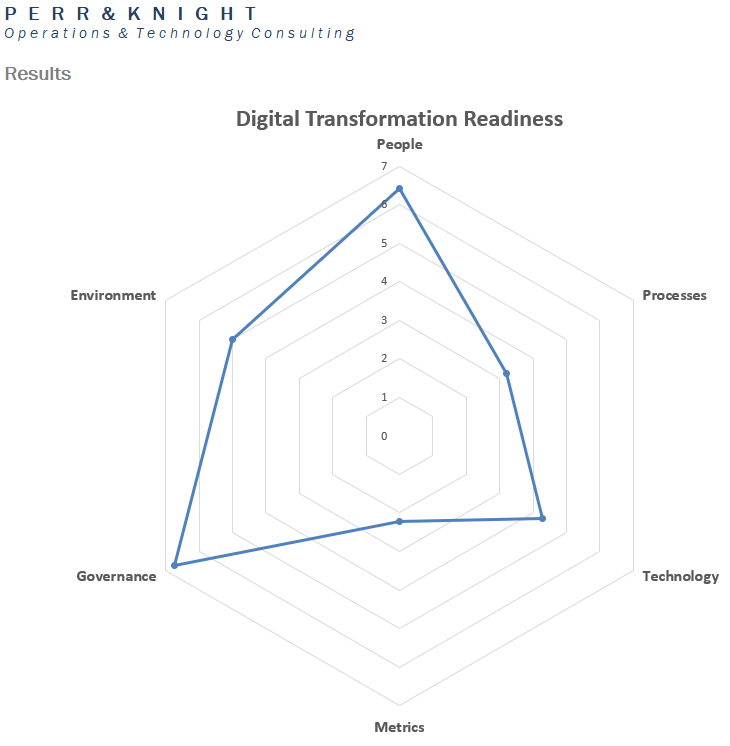So much of what we find new and exciting requires what we too often write off as outmoded.
Today’s insurance technology initiatives are increasingly motivated by our latest term of art, digital transformation. We love to throw those words around as if they represent some magical incantation that, when invoked, will produce brilliant solutions that lift us to otherwise unattainable competitive positions, as masterworks of art that evoke feelings of awe eons after their original creation.
Of course, we’ve been “digitally transforming” for decades. Setting aside the nineteenth-century innovations of Charles Babbage for a moment, modern “digital” computing is easily traced at least as far back as 1945 with the introduction of ENIAC, “the first programmable, general-purpose electronic digital computer”.[1] The intervening years have seen a remarkable explosion of computing power. Famously, the Apollo Guidance Computer (AGC) used to put men on the moon in 1969, with its 2 MHz CPU speed, had roughly the same computing power as a twenty-five year-old Nintendo Entertainment System (1.8 MHz). An old iPhone 4 (2010), with its 800 MHz CPU speed, outgunned the $32 million Cray 2 supercomputer (1985) by a factor of three (244 MHz).[2] And today’s iPhone 12 (2.99 GHz) and Sony PlayStation 5 (3.5 GHz) make those computing milestones seem quaint.
The growth in computing power, and therefore the number of practical applications that can be handled by affordable computers, has been astonishing. Indeed, it has made the aspirations of computer scientists who only dreamed about artificial intelligence and virtual reality just a few decades ago – dreams because they would require rooms full of very expensive hardware – available to the masses in tiny packages for very modest sums.
So it follows that today when we hear about insurers wishing to undertake digital transformation initiatives, we understand that their desire is to leverage today’s massive computing power to gain a competitive advantage. Otherwise, we’re simply talking about modernization, which was all the rage way, way back in 2015. Today’s initiatives have the far more ambitious goal of producing novel solutions, in the sense that competitors haven’t yet discovered – let alone adopted – them, and so they’re in a very real sense disruptive.
But disruption comes out of tolerance for mistakes. Disruption comes from having the wherewithal to experiment and fail repeatedly. Disruption comes from having the courage to engage in radically candid conversations laced with dissent and debate. So disruption can only happen if the company culture permits it to happen – an idea antithetical to an insurance company’s traditional mission, which is to avoid undue risk.
This frosty bit of insight begs an entirely different approach to insurance company operations that goes well beyond technology. Famously linear thinkers, insurance professionals have historically worked to place a price x on some risk y in anticipation of a positive return z. We press this button and that happens. Of course, this approach has turned out to be of dubious value, evidenced by the prevalence of combined ratios that exceed the century mark. Instead, a confluence of factors in a variety of dimensions conspire to destroy our bottom lines, if not our innocence: Geopolitics. The environment. Social movements. Generational sensibilities. Competitive moves. Regulatory constraints. Human psychology. Solar flares?! And yes, the rapid pace of technological change. After all, how popular was cyber insurance – arguably influenced by each of those factors – in 1950?
Woke (forgive me, but the term seems to work in this context, too) insurers have accepted this. And so their efforts are directed toward aggregating not just traditional datasets that populate rating algorithms or underwriting rules, but those many ancillary bits of information that influence risk selection and loss potential in a far more informed (read: non-linear) way. They utilize Big Data. They leverage artificial intelligence. They employ dedicated predictive analytics units. They automate routine operational processes. They invest in new technology. And they adopt change management programs to support those initiatives. That’s a long list of expensive undertakings for a smaller insurer. But that’s the world in which they have to compete.
Middle-tier regionals with relatively modest means must contend with tiny upstarts with tens of millions in capital investment unburdened by years of legacy operations on one end, and multi-billion dollar behemoths spinning off autonomous innovation centers on the other, for their share of the hundreds of billions of premium dollars blown skyward by the shattering of preconceived notions.
And so we arrive at the intersection of culture and technology, of art and science, of hard skills and soft skills. In an industry famously fixated on risk avoidance and profit margins, this juncture becomes an especially challenging moment in time. Indeed, a quick review of recent literature on disruption in the insurance industry makes scant mention of the behavioral changes that must accompany any radical innovation, both within an organization among its constituents and outside among its customers and suppliers.
The impact on many well-established insurers? InsureTech startups are eating their lunch. That is, unless those veteran organizations were prescient (and well-capitalized) enough to develop their own skunkworks, separate and apart from their core organizations in order to permit the risk-tolerant cultures found in their more nimble adversaries. That’s fine if you’re a major player, one of the billion-dollar insurers who can afford separately funded venture arms, or an agile start-up with fifty million smackers to burn. But what of the middle tier, those thousands of regional insurers vying for market share in the face of old threats (mainstays) and new (InsureTechs)?
The obvious answer is they need to think a little differently. With no discretionary trove of millions to casually deploy, the focus must be on manifesting beneficial change. And beneficial change begins with vision, culture, and leadership – not bits and bytes. Old wine in new bottles, you might say.
I’m not suggesting plastering office walls with poster-sized admonitions to “embrace change,” nor am I suggesting that beneficial change is a thing that happens if you hire the right consultants. I am suggesting, however, that with all of the marvels of technology available in the twenty-first century, it’s still people who matter most. It’s still paying attention to what motivates – inspires – every individual responsible for the welfare of the organizations in which they toil that separates leaders from laggards. And most importantly, it’s regularly respecting and acknowledging their contributions to ensure they stay focused and motivated, long after the paint is dry on that beautifully executed automation project.
Of course, standard “tactical” practices for operational improvements and technology deployments involving proven toolsets for workflow analysis, business process design, and technical project management are essential for a successful digital transformation initiative. But no amount of funding will replace the unbridled enthusiasm of a group of colleagues setting out to effect change for the better. It’s that enthusiasm and commitment that drive organizations to prosperity; it is rarely prosperity – and never technology – that drives individuals to become enthused if they’re not adequately engaged and committed to the work they do.
Contact Perr&Knight to support your digital transformation initiative with experienced project managers, business analysts, and process improvement experts well-versed in the ‘people part’ of transformation, who can assist with the requirements management, process redesign, and change management capabilities that are essential for any such project.
[1] Swaine, M. ENIAC. (n.d.). Britannica. Retrieved January 25, 2021 from https://www.britannica.com/technology/ENIAC
[2] Routley, N. (2017, November 4). Visualizing the trillion-fold increase in computing power. Visual Capitalist. https://www.visualcapitalist.com/visualizing-trillion-fold-increase-computing-power/.













